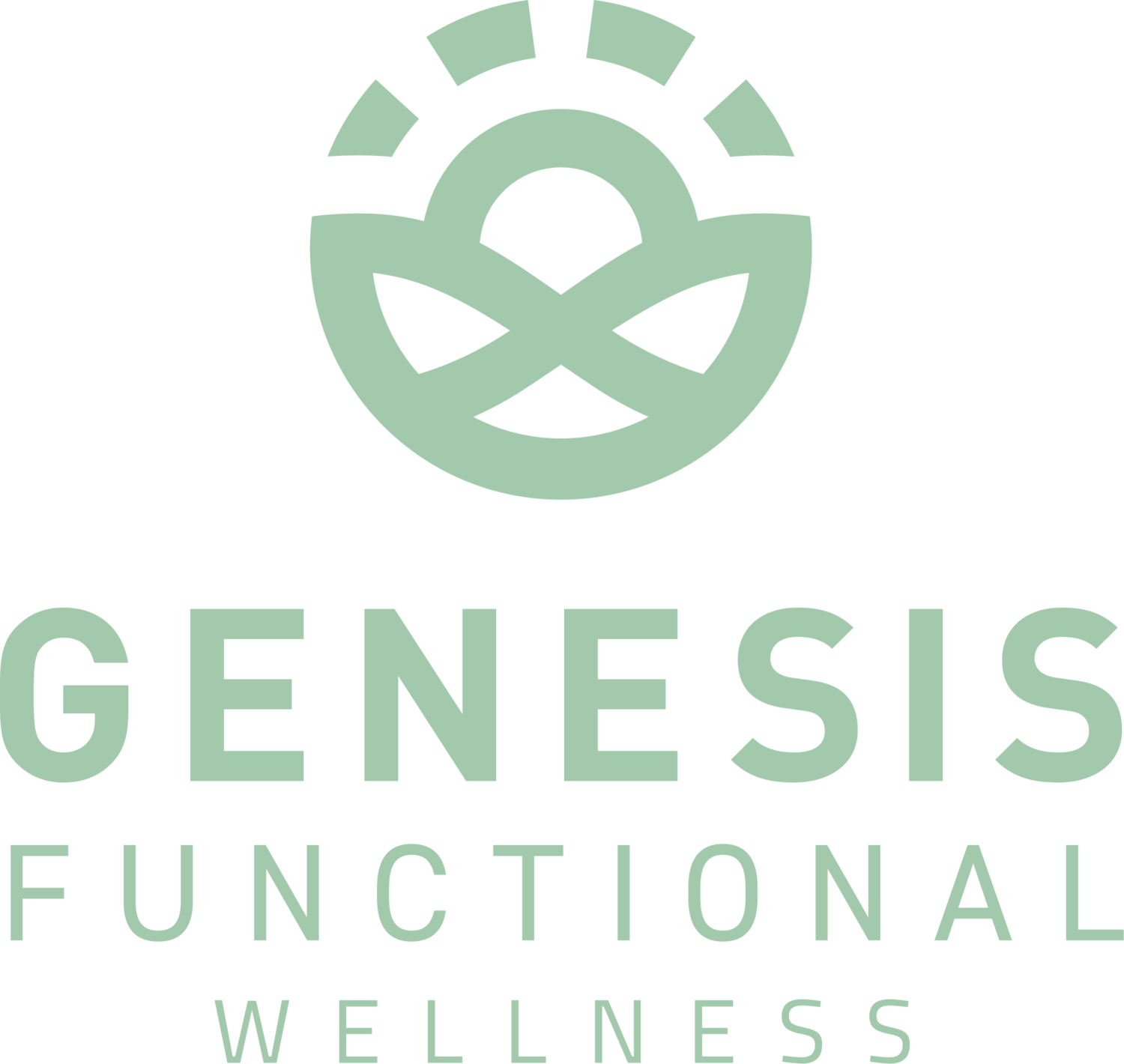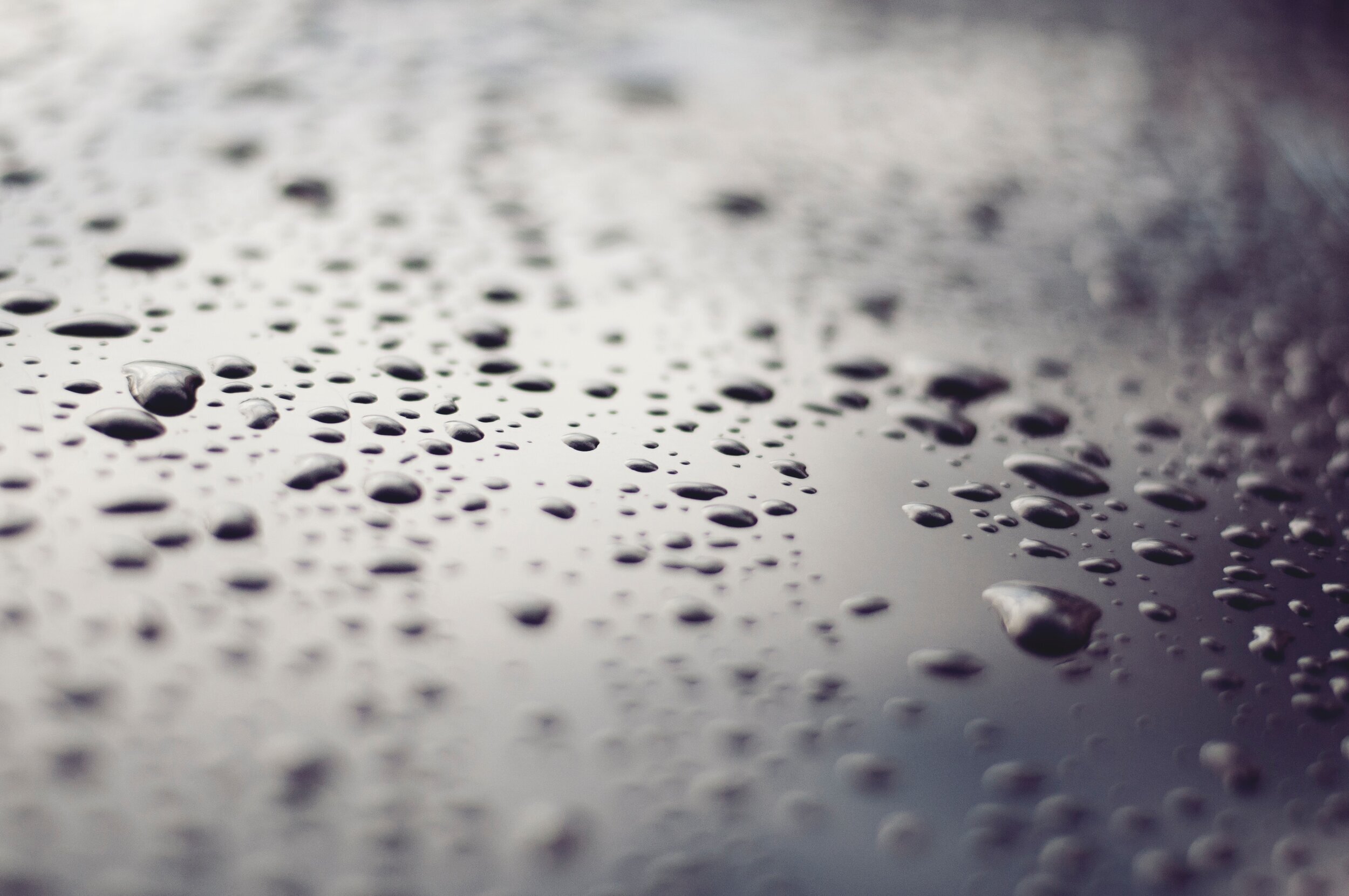Can’t-Miss Tips for Mold Removal at Home
Maintenance. It’s not a word that conjures up restful and calm feelings. But when dealing with mold - and preventing the need for mold removal at home - maintenance will always be necessary to keep this harmful substance at bay.
While living in the relatively wealthy United States certainly has its blessings and convenient perks, there will always be a curse to counter the blessing. That is, the more we have, the more we can lose. The effects of mold infiltrate every living space and workplace with a structure.
Photo by Olia Gozha on Unsplash
Tips for Controlling Mold Growth at Home
Controlling moisture is the most basic way to manage this growth and mitigate the potential need for mold removal altogether; mold spores cannot grow without moisture.
But some moisture in our modern way of living is inevitable. The questions are - where do you look for it? And what do you do about it?
Invest in a dehumidifier
Dehumidifiers are a wise investment for any home, particularly those with high humidity. A good rule of thumb is to keep humidity at 40-50%. While mold growth occurs best at humidity levels of 80%, some mold growth can begin above 55%.
Santa Fe provides commercial-grade dehumidifiers that boast aggressive air filtration—they remove 98% of dust, pollen, mold spores, and bacteria. Any well-functioning dehumidifier will help control moisture if this is not an option. You may just need multiple units.
Hydrometers are an easy and inexpensive way to measure the humidity of areas of your home. You can keep them in problematic areas, such as bathrooms or kitchens, to see if you need to take additional measures to keep the humidity down.
Once again, it’s vital to ensure humidity stays below 50%. Additionally, use ceiling fans, bathroom fans, attic fans, and kitchen fans to keep air circulating and reduce your chances of needing mold removal.
Wash your washer
Photo by chrissie kremer on Unsplash
Along with the regular cleaning of the tub and tile in the bathroom, make cleaning your laundry appliances part of your mold removal mitigation routine.
The idea of washing your washing machine may seem redundant, but washers are a hot spot for moisture.
While many washers are energy efficient and can run on cold water, cold water will not kill mold spores.
Spores can cling to soap residue, so routinely run an empty cleaning cycle with hot water and vinegar or hot water and borax and scrub areas such as the soap dispenser.
Be sure to wipe around and under rubber gaskets where moisture can get trapped. Let air circulate by leaving the door open when the washer is not in use.
Clothes themselves can contain mold spores. Just washing and drying alone will cause some mold removal and help clean mold spores off of clothing.
Always wash contaminated clothes separately from other clothes. If the clothes continue to smell, throw them away. A sweater is less important than your health.
Carpet maintenance
While carpet has its comfortable benefits, it is porous, more prone to hidden mold than a wood or tile floor, and harder to clean thoroughly.
Therefore, we think it’s best not to have carpet or change it every five to seven years. However, most homes do have carpets.
Frequent vacuuming with a HEPA filter can help remove mold and keep the carpet clean. While other filters may remove larger particles such as pet hair and dust mites, sometimes they just stir up more particles into the air.
HEPA filters will catch 99.97% of the tinier particles, facilitating mold removal and other airborne spores contributing to common allergy symptoms. Following this advice is especially important if you have carpet in your bedroom, where you sleep several hours each night!
Clean bedding material
Photo by Liana Mikah on Unsplash
Speaking of sleeping, you don’t get much more intimate with materials than with your bedding.
Along with dust mites, mold is a giant allergen for many people, and spores can stick to dust. Having a down comforter can be tricky, as it’s hard to ensure it’s clear of allergens. Natural 100% cotton bedding is best.
It’s important to regularly wash your bedding, including vacuuming mattresses and box springs, and keep your entire bedroom clean.
If you can, rid your bedroom of carpets and many knick-knacks that collect dust, it will make any kind of dust or mold removal quicker while keeping the air you breathe cleaner.
Use an air purifier
Your entire home will benefit from an air purifier, but the bedroom is probably the most crucial room to ensure quality air. The Environmental Protection Agency warns that poor indoor air quality can harm your health, especially if mold is involved.
We use Austin Air purifiers. These are medical-grade purifiers that use HEPA (high-efficiency particulate air) filtration.
As with HEPA vacuum filters mentioned above, these filters remove 99.97% of all particles larger than 0.3 microns and 95% larger than 0.1 microns.
This makes them very effective for allergenic particles such as pollen, dust mites, smoke, and mold removal. (For reference, mold spores can range from 3-100 microns but can also be as small as one micron.)
Austin Air also uses activated carbon and zeolite to remove chemicals, gasses, and odors effectively. Their website recommends vacuuming the outside of the unit at least once a month.
While these purifiers may be more expensive than others, their performance pays you back in the long run.
The filters themselves also only need to be replaced every three to five years as opposed to some other models that require more frequent replacement.
Because we love to share great products, our office is a distributor for Austin Air. Please contact us for more information.
Take Action Against Water Leaks
Moisture from water leaks, often through the roof, is one of the most costly problems.
Check your attic
Check your attic regularly for signs of water. Leaks can come through worn or missing shingles, places where nails have come loose, or through flashing around a chimney or skylight without a proper seal—caulk your skylight every year.
Stucco
If you have stucco, it’s worthwhile to inspect it to ensure it’s correctly done. It is not uncommon to have improper installation of stucco. If there is water intrusion, remove the stucco and replace it with a better siding material.
Stucco is not really ideal if you are trying to keep water damage at bay. If you have no stucco issues or choose to keep stucco siding, it should be inspected by a professional every two years to catch any problems early. This can save you a lot of money in the long run.
Other causes
Other causes may be a flood, pipe leaks, gutters that haven’t been cleaned regularly, a window AC unit (AC units are very prone to mold issues), or even simply humidity or condensation around windows.
Have your HVAC inspected and ducts cleaned annually to reduce the risk of mold growth. It’s important to note that many companies will offer the use of an antifungal. However, we suggest not using this if you are sensitive to chemicals.
Gutters are meant to keep water away from your home. Therefore, clean them regularly year-round.
In warmer months, leaves and other debris can cause blockages to water flow. In the winter, gutters can back up with ice, expanding the gutter under the roof line.
When this ice thaws, water can leak down close to the home, causing water damage to your home. Downspouts should extend six feet away from home.
Sprinkler systems
Install sprinkler systems close to the home, spraying away from the home rather than at the home. If you install spraying at your home, this can saturate the ground around your home.
Proactive versus reactive
The key is to catch the moisture early to minimize mold growth. Dry any water or moisture entirely within 24-48 hours. This usually means you must remove drywall or another material to allow the area to dry properly.
Repairs of this type are typically less expensive than remediation measures like mold removal at home.
Sometimes mold is easily visible, but certainly not always. Do not assume there is no mold just because you cannot see it.
Mold testing
If you are experiencing unexplained symptoms or suspect mold growth in your home, testing to see if mold is a causal issue in that health condition is essential.
Once again, you do not always visually see mold exposure. Not all mold can be seen with the human eye. You can test mold with a DIY kit you send to a lab or professionally by a mold removal company. There are pros and cons to every method of testing.
Petri dish
A petri dish mold test is readily available at most hardware stores. This is an inexpensive option, and it is a good and fast option to determine mold growth.
Petri dish tests grow mold spores, and since there are mold spores just about everywhere, you will likely have some growth on your plate. For this reason, to ensure proper testing, you should have the house closed up with heat and air off for 24 hours before setting the dish out.
Some kits do have a follow-up lab test you can do once you have growth on your petri dish.
However, it won’t necessarily tell you which mold spores are causing your issues or where they are coming from.
For example, you won’t know if a mold spore on the petri dish is from mold growth in your home or a spore from outside.
We suggest having a control plate set outdoors as well. This control plate will help you determine if the mold could be mold from water damage or mold from the outside.
You can find certain molds inside water-damaged homes. As with any DIY test, it will help determine if you have a mold problem, but it will not tell you what to do about it. This test will give you a general idea of how much mold is in your home.
If the plate has a high spore count or molds commonly found in water-damaged buildings, bring in a mold removal professional for more thorough testing.
ERMI
An ERMI (environmental relative moldiness index) assesses the potential for mold through dust samples in a home or workspace. Though many companies that claim to test mold will do an air sample, this method is insufficient to determine if mold is an issue in your home or workplace.
A dust sample gives a better picture. To have more accurate ERMI results, use a quality lab, such as Mycometrics. A less expensive and lesser-quality lab will likely produce more false negatives.
We recommend using the “ERMI- AccuCloth Kit” through mycometrics for best results. This is a kit where you wipe various surfaces of your home with a cloth and send it in to be analyzed.
HOWEVER, even with a high-quality lab, an ERMI is still only designed to give you an idea of toxic mold growth in your home.
Often, you will need a mold removal professional to come and take a look. If labs are positive or questionable, you must bring in a mold inspector or an industrial hygienist to find the culprit(s).
Professional inspection
It’s best to have your home inspected every two years by a mold removal professional. If you have had a mold problem or a mold removal completed before, have the home inspected yearly.
Hire a trusted mold removal expert. A reasonable price is about 300-700 dollars or possibly more. This will depend on the size of your home and the samples needed.
While it is more expensive, a quality mold inspector may find underlying mold that a DIY test cannot. Not all mold removal and testing specialists are alike - if you would like a recommendation for a quality mold inspector, please contact our office.
Mold Removal at Home
If you identify mold, mold removal at home may be necessary. This step requires professionals who have the proper knowledge and equipment.
It will include the following:
Containment
This is the sealing off of the rest of the building from the mold-damaged areas.
Air filtration
Using filtration equipment (with a HEPA filter) is a must to stop mold spores from spreading. Vent the air to the outside.
Mold removal
Professionals will clean or potentially dispose of mold-damaged items. In severe cases, removal of drywall or carpets is usually necessary. Drywall, in particular, is a perfect food for mold. Any porous material found to have mold growth should have removal of the material(s)18-24 inches beyond where you find it.
Cleaning or disposing of furniture or items
In collaboration with a mold removal professional, decide which items are safe to keep with cleaning and which must be disposed of. Porous materials, such as rugs or sofas made with nylon or polyester, may need to be thrown away during the mold removal process.
It is a good idea to wrap any affected materials in plastic before moving them through the house. If you have the option, throw the contaminated materials through a window to get them outside rather than carrying them through the building.
Restoration
This step may need to be completed by another professional. You may require contractors to replace drywall, flooring (do not use carpet), etc. This is not the job of the professional doing the mold remediation. If you have previous water damage, use metal instead of wood for framing, moisture-resistant drywall, and vinyl or hardwood flooring instead of carpet.
Mold Removal at Home for Less Substantial Growth
What if you just have a mold spot on your shower’s tile? What do you do for mold removal, then? We do not advise the use of bleach to kill mold.
For starters, bleach is a harsh chemical and harmful to breathe. And while it first appears to work for DIY mold removal, it does not get to the roots of the mold.
Instead, vinegar or Borax may be good alternative options. You can use undiluted white distilled vinegar to spray on the area and scrub. Or you can mix one cup of Borax with one gallon of water (hot water helps the Borax dilute faster). Borax is alkaline, which prevents mold growth, as mold prefers a lower pH.
After spraying the moldy area, scrub thoroughly and wipe it off. You do not need to rinse off the site, but you can repeat the application and scrubbing process if required.
Wear an N95 respirator, gloves, and goggles when independently conducting mold removal at home. Also, ensure that the area dries completely. It may be a good idea to have an air purifier in the room to stop the spread of mold spores.
If the mold keeps coming back in a non-porous area, it could be that the moisture in the area is too high, or mold growth somewhere else contributes to mold growth. This is where testing and mold inspection from a qualified mold removal company can be helpful.
If you have tile in your bathroom, seal the grout every six months to a year. This will keep water from being absorbed into the sub-flooring.
Contact Genesis Functional Wellness to Learn More about Mold Removal at Home
For some people, mold removal or simply leaving a moldy environment, such as a moldy home or workplace, will allow their systems to calm and heal. For others, like those with CIRS, more interventions are needed to restore health.
Those who need more interventions fill a large portion of our practice. If you suspect you are suffering from mold illness, contact Genesis Functional Wellness for help.




